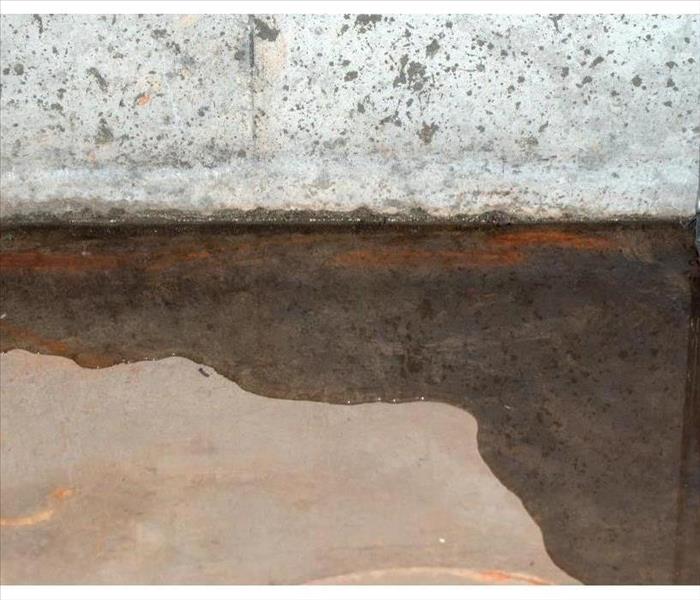What To Do if Your Basement Floods
4/5/2022 (Permalink)
If Your Basement Floods Here's What You Should Do
Homeowners who experience a basement flood know they need to act quickly to reduce the amount of damage to their homes. After all, this space is probably being used to store more than just off-season decorations. Plus, taking quick action can get your insurance coverage to pay for more of the damage. Fortunately, there are a few steps that are guaranteed to help. Here is what you need to do if water enters your basement.
Find the Source
There are many reasons you would have a basement flood. Your first step is to find the source so you can report to your insurance agent and chosen water restoration company. The most common sources include:
- Natural disasters
- Groundwater seepage
- Sewer backups
- Malfunctioning appliances
- Drain clogs
Turn Off Your Water Supply
You can fix most internal sources by turning off your water supply. The shutoff valve will be located somewhere in or around your house. Usually, it will be in your basement along the wall facing the street. If water is leaking from one of your appliances, you can turn the valve leading to that fixture off. Older homes may not have this feature.
Check Your Sump Pump
In the event of a basement flood, you need to check that your sump pump is working. If you're not sure if it's working, unplug it and let it rest for a few seconds. If it doesn't start working immediately when you turn it back on, buy a new one and replace it.
Check the Floor Drain
If water is coming in through your floor drain, the sewer system in Olde Cypress, FL, could be backed up or your drain is clogged. When your drain is clogged, and water is coming in from another source, you need to unclog it as soon as possible. If the sewer system is backing up, you need to notify the city and call a plumber.
When you go downstairs and find a flooded basement, you need quickly find and address the source. Then, you need to check your drainage measures to make sure they are working.






 24/7 Emergency Service
24/7 Emergency Service
